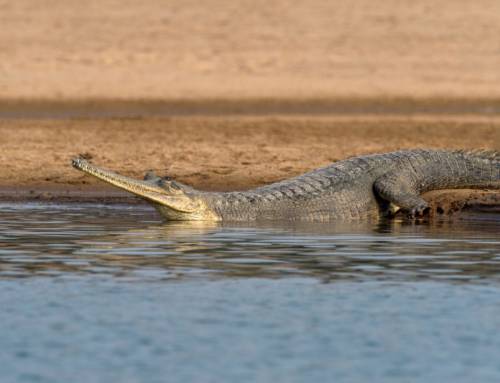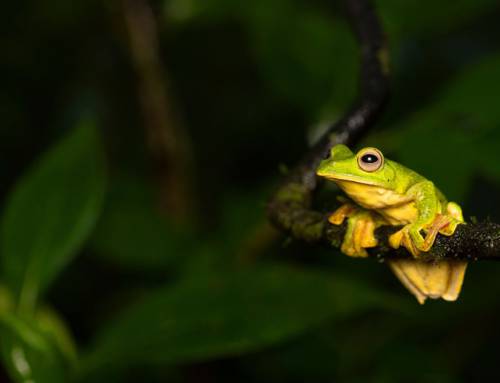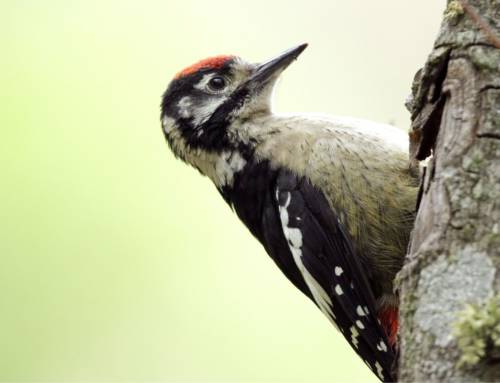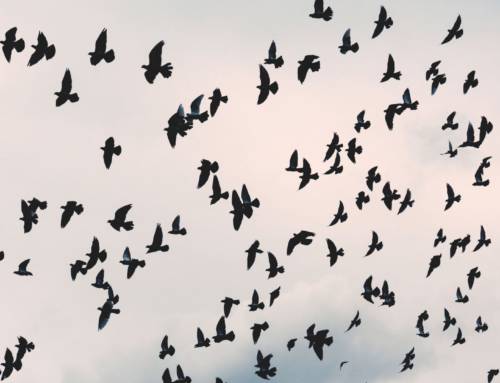Author: Michelle Luiz
In fact, research has often marked the term ‘human-wildlife conflict’ as a misnomer as it masks key underlying issues existing in society. A recent paper published by Dr. Jared Margulies from University of Sheffield and Dr. Krithi Karanth from Centre for Wildlife Studies reveals how Indian state narratives are often negligent of the deficiencies in park management and underlying economic forces. The authors use the framework of political ecology, which focuses on the social & political factors that shape human-nature experiences. It takes a look at HWC tolerance in villages surrounding Bandipur National Park in Karnataka, an area housing both the largest known breeding population of tigers and Asian elephants, and the third poorest population by district.
The authors collected an extensive set of data, ranging from semi-structured interviews, focus groups with village elders, livestock and human censuses, and close examination of species management plans. Their findings point to a disjunction between Forest Department perceptions of conflict and the lived realities of the villagers. While the government officials cited increased development as a reason for decreased tolerance for HWC, villagers claimed frustrations with the enforcement agency.
It turns out the story behind these frustrations is complex. In economic terms, the livestock farmers in the area are directly affected by the coffee industry, where cattle dung was historically sold as fertilizer. In the 1990s, as coffee prices soared and the demand for dung increased, farmers took to grazing their cattle freely inside the National Park. Yes, livestock was killed, but this was expected from the farmers. Today, coffee prices have stagnated and labour costs have increased, ultimately killing the viability of the dung market. Coupled with increasing enforcement from park rangers, farmers have now sought a more expensive European cattle breed known for its greater milk production rather than its dung.
What was the final result of this economic switch? Attacks on livestock attacks by wildlife are now occurring inside the villages themselves and tolerance for them has appropriately decreased. Seen as some sort of breach of social contract, this movement of wildlife encounter has fundamentally altered the mindset of the people towards wild animals. As the paper’s authors so eloquently put it, “the geographies of human-wildlife encounters have changed”.
Perhaps most significantly the paper points to a need to change our own perceptions of human-wildlife conflict. The authors suggest that society must realize that the widely-accepted reasons for wildlife intolerance can harmfully distract from true realities of economic distress.
It is the comprehensive nature of political ecology that has successfully framed human-wildlife conflict in the context of space and political and economic forces. With this new knowledge, the authors suggest an increase in investment in livestock infrastructure rather than park enforcement. They believe that political ecology may continue to contribute to conservation management and encourage a broader view of justice. Further research into the Indian political system is suggested, both at the national and state level, to enrich our understanding of how conservation is perceived and mobilized.
Original Article: The production of human-wildlife conflict: A political animal geography of encounter
– Jared D. Margulies, Krithi K. Karanth -Geoforum, 2018
You can access the original article here.
You can access the Kannada translation here.






